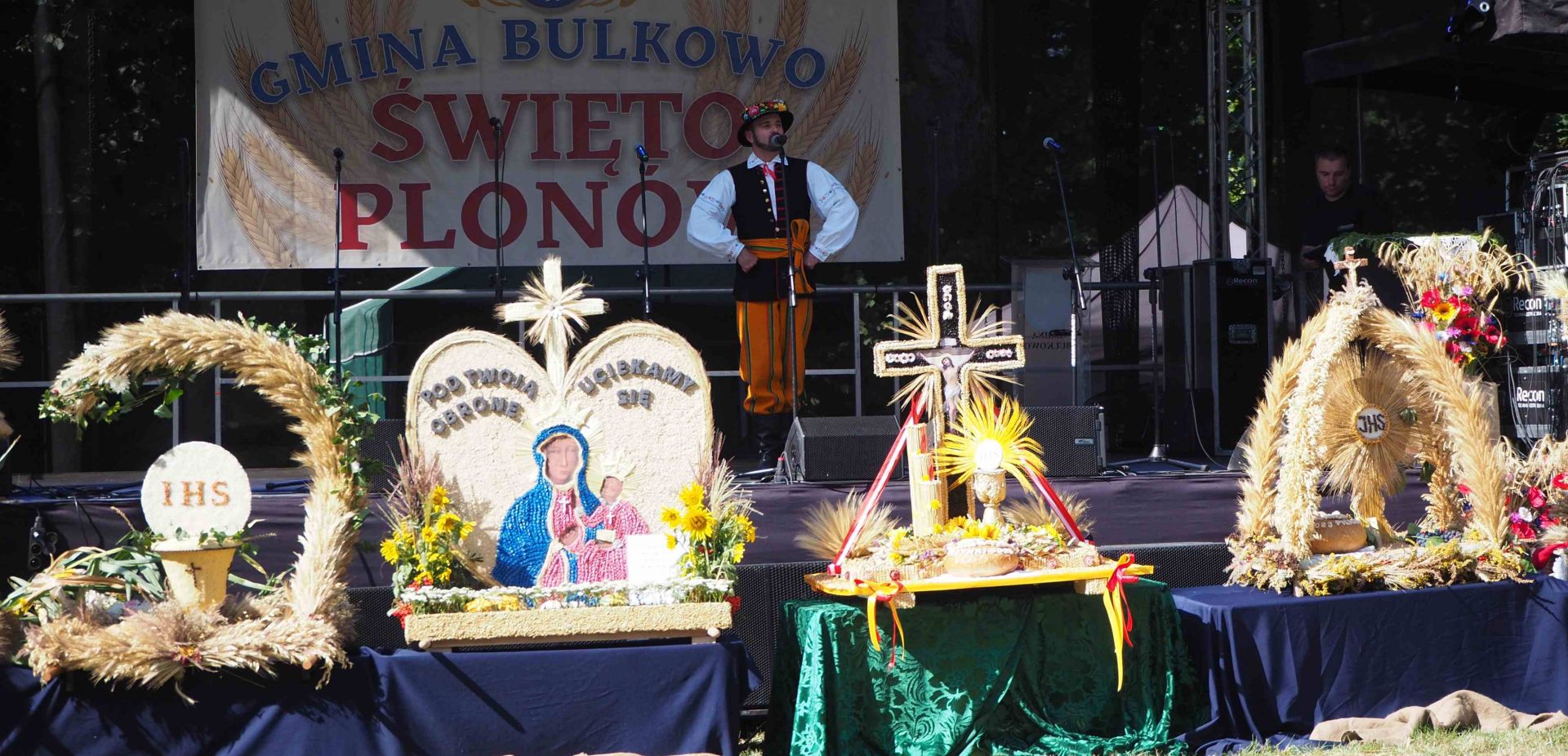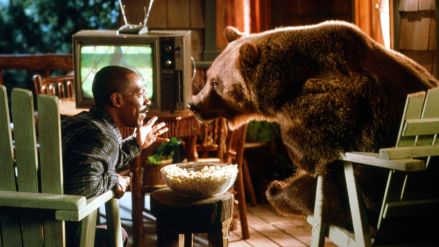The sun is already hanging low when I take the local roads, passing fields that are already deserted, to Blichowo, a Mazovian village in the Płock district. At the entrance to the primary school grounds, the ladies of the Blichowo Pearls Rural Housewives' Circle are waiting for me. It is a busy evening for them. In a dozen hours or so, the commune and parish harvest festival will begin, and not all the delicacies they will be offering at their stand are ready. The cakes still need to be baked, and a supply of grey noodles, which will be served with cottage cheese and bacon. " "It's best to come to the harvest festival with an empty stomach, there will be plenty to eat," advise the hosts.
However, the ladies did find some time to talk about the preparations for the harvest festival. In the communal building that has just been handed over to them, decorations await to adorn the Harvest Festival stage. Bunches of reaped grain with bending ears are adorned with intricately made crepevine flowers: poppies, cornflowers, sunflowers. This is the work of Agnieszka Pawlak, acting as deputy chairwoman of the circle. Handicrafts are her passion, which she shares with others. Both flowers and Easter palms, hand-made by her, are on the table. The crepe paper daffodils, crocuses and basil look just like the real thing.
 SIGN UP TO OUR PAGE
SIGN UP TO OUR PAGE

We cut coloured crepe paper and tried to make one of the flowers too. Apparently it's not difficult - you have to fold the paper over the thumb with which you hold it and twist the top edge with a vigorous move - but you can tell by my production from a distance that this is the work of an amateur. The Pearls of Blichowo do much better.
"We are a young Rural Housewives' Circle (KGW), having only registered in February, so this year we are preparing decorations of ears and paper flowers for the harvest festival, but next year we will already be making a traditional harvest wreath," announces Agnieszka Pawlak. Because they will still have to learn this art. "Nobody in my family made wreaths. Of course, when I was a kid - somewhere in the 1980s - we used to organise harvest festivals. I remember bands playing at the fire station, dancing, but no wreaths. Harvest festivals returned to Blichowo for good not long ago, when the communal and parish ones were combined. Rural Housewives' Circles got involved in cultivating the tradition," says Renata Klimkiewicz, one of the housewives.
Bagpipes, windmills, pokémons
The following day, there was a lot of traffic in Blichowo from the morning. Stalls selling bagels, pinwheels and teddy pokémon have set up on the main street. Fire brigades descend on the school yard, music blares from loudspeakers. Other housewives' associations, parishes and groups from the Bulkowo commune gather in front of the 18th century wooden church and line up their wreaths. And these are photographed like film stars. No wonder, the intricate work is awe-inspiring.
Most of the grain- and seed-strewn structures have religious motifs. There is a cross, a chalice, a host. On the heart-shaped panel, the Virgin and Child are dressed in blue and red robes carved from painted and carefully woven straw. The inscription "Under your protection..." is sprinkled with tiny black grains. Poppy seeds, or perhaps rape seed grown in the surrounding fields?

 SIGN UP TO OUR PAGE
SIGN UP TO OUR PAGE
 We cut coloured crepe paper and tried to make one of the flowers too. Apparently it's not difficult - you have to fold the paper over the thumb with which you hold it and twist the top edge with a vigorous move - but you can tell by my production from a distance that this is the work of an amateur. The Pearls of Blichowo do much better.
We cut coloured crepe paper and tried to make one of the flowers too. Apparently it's not difficult - you have to fold the paper over the thumb with which you hold it and twist the top edge with a vigorous move - but you can tell by my production from a distance that this is the work of an amateur. The Pearls of Blichowo do much better.






